1. Love and hatred at the front and back ends
Recently, a front-end colleague of the company had a fight with a back-end colleague. The thing is probably like this. The back-end said that the interface needs to be jointly debugged. The front-end said that your data should be as per my requirements as possible. The back-end said it was useless. The front-end is reasonable. The format of the traditional front-end and back-end separation should be standardized as much as possible, so that it can be handled easily... The back-end agreed.

Soon, with a snap, the front-end request was sent and returned immediately. Who knows that there is no flash, a code code, a string, an array, all accepted and converted into a model, and then the business logic and page display are processed normally, the front end smiled and submitted the test, and soon, as soon as the formal environment program was launched, it was collapsed. It turns out that the string is not empty, the front end says you don't talk about code in the back end, and the back end says sorry. Dude, a well-trained trainer can fight? This is obviously to fool our old front-end, not to talk about code!

Friends can only persuade him to be a rat tail juice, reflect on it, and stop playing this kind of cleverness in the future. After all, programmers should value peace, and it is absolutely impossible to fight in the nest. I beg you not to throw null value exceptions to the front end!
In fact, in the development process, there will be other differences between the front-end and the back-end. For example, the front-end hopes to divide the interface according to the UI, so that the user experience is good, and the front-end implementation is also easy. The backend prefers to divide interfaces according to business modules, which is conducive to service sinking and decoupling.
Therefore, the following dialogue may appear between the front and back ends:
-
Backend: You can just adjust a few more interfaces~
-
Front-end: How many HTTP requests are there? Is it so difficult to wrap it into an interface?
The front-end and the back-end have their own reasons, and they are still unwilling to back down, argue with each other, and dislike each other, so today I will analyze and analyze the pain points of back-end developers.
2. The pain of back-end developers
1. Unwilling to write documentation, but compelled to write
For back-end engineers, writing interface documentation is a tedious job. Often writing a standard interface document will not give back-end engineers a special sense of accomplishment, but writing an interface document requires filling in various trivial fields. Therefore, everyone is more willing to spend time on coding, and only carelessly deal with the preparation of interface documents. However, in the R&D team collaboration, whether the interface document is standardized or not will affect other callers' understanding of the interface. Whether the document is detailed or not determines the time for joint debugging to a certain extent.
2. API testing is troublesome
In the process of interface development, back-end engineers need to frequently adjust the interface documentation to test whether the interface can output the desired results. At this time, there will be a problem. The test of traditional interface tools is relatively simple, and the test data is troublesome to write, and the returned error is not easy to locate. In the process of interface development, such a debugging process needs to be repeated many times, which is extremely inconvenient.
3. Unable to share the interface locally
A general swagger document manages the API interface document under a service as a whole. During the joint debugging process, when the back-end engineer needs to share multiple interfaces that are newly added or need joint debugging to the docking person, they can only share the entire service document address. Then take a screenshot to inform which interfaces have been changed this time or need to be connected this time. It is very inconvenient for joint debugging.
4. The new project has no documentation
In day-to-day software teams, it is common to encounter the need to second or take on a new project. But what makes the front-end and back-end engineers crazy is that many times they will encounter a newly acquired project without any interface documentation, or the documentation is not standardized. And the "predecessors" can no longer be contacted, and this code * mountain has become an insurmountable peak.
In response to the above pain points, today I recommend Eolink, a professional-grade one-stop API collaboration platform. Let's take a look at how Eolink solves the pain points of back-end developers.

Experience address: https://www.eolink.com/?utm_source=w380 6
3. Solutions provided by Eolink
1. Generate documentation based on code
Eolink provides IDEA plug-ins, which can generate API documents based on the code with one click and synchronize them to the corresponding projects of Eolink. In addition to providing standard basic information, request parameters, and response parameters, the interface article provides fields. You can also add information such as additional field descriptions, labels, and interface status. If more standardized document content is required, Eolink provides API document templates and data structure functions, which can generate corresponding templates according to the needs of each company. Developers can directly reuse and reduce duplication of work, while making the documents more standardized and readable.
2. Convenient debugging experience and automatic generation of test data
In Eolink's API documentation, document editing and testing are two adjacent function buttons, which are in line with the daily work scenarios of back-end engineers. After editing the document, you can quickly switch to the test interface for debugging. And the system will automatically fill in the test data according to the document parameter type and constraints. Back-end engineers only need to click the test button to complete the interface debugging, saving time, worry and effort.
3. Support multi-scenario sharing of documents
Eolink supports API document sharing in various scenarios. Like swagger, you can quickly share the whole project interface document, you can also set the visible scope of the shared document, and only share the interface related to this docking. You can also set a sharing password for documents to improve asset security. In addition, information such as test cases can be shared synchronously, and the caller can quickly use the test cases to understand the return status of the interface.
4. Standard API management tools
Eolink is a one-stop intelligent collaboration API management platform, which can deposit all projects in the enterprise in a unified API interface warehouse according to a custom standard specification template. No matter which project the front-end and back-end engineers go to, they can get a familiar and standard interface document for you to use.
The above functions provide a good help for the back-end and back-end joint debugging. The backend no longer has to worry about writing interface documents, let alone the problem of interface document specifications. The front-end no longer has to worry about a series of problems such as no classification menu when there are multiple interfaces, JSON parameters cannot be formatted, returned results cannot be folded, and trouble finding when parameters are wrong.
Experience address: https://www.eolink.com/?utm_source=w3806
4. The fascinating highlights of Eolink
In addition to the above features, I also found several hidden highlights of Eolink, which are particularly fragrant to use!
-
API Change Smart Notifications
-
API documentation comment function
-
API historical version comparison
-
Scheduled test tasks
-
data-driven
-
Project Analysis Report
I put the picture directly, and everyone can understand it at a glance.
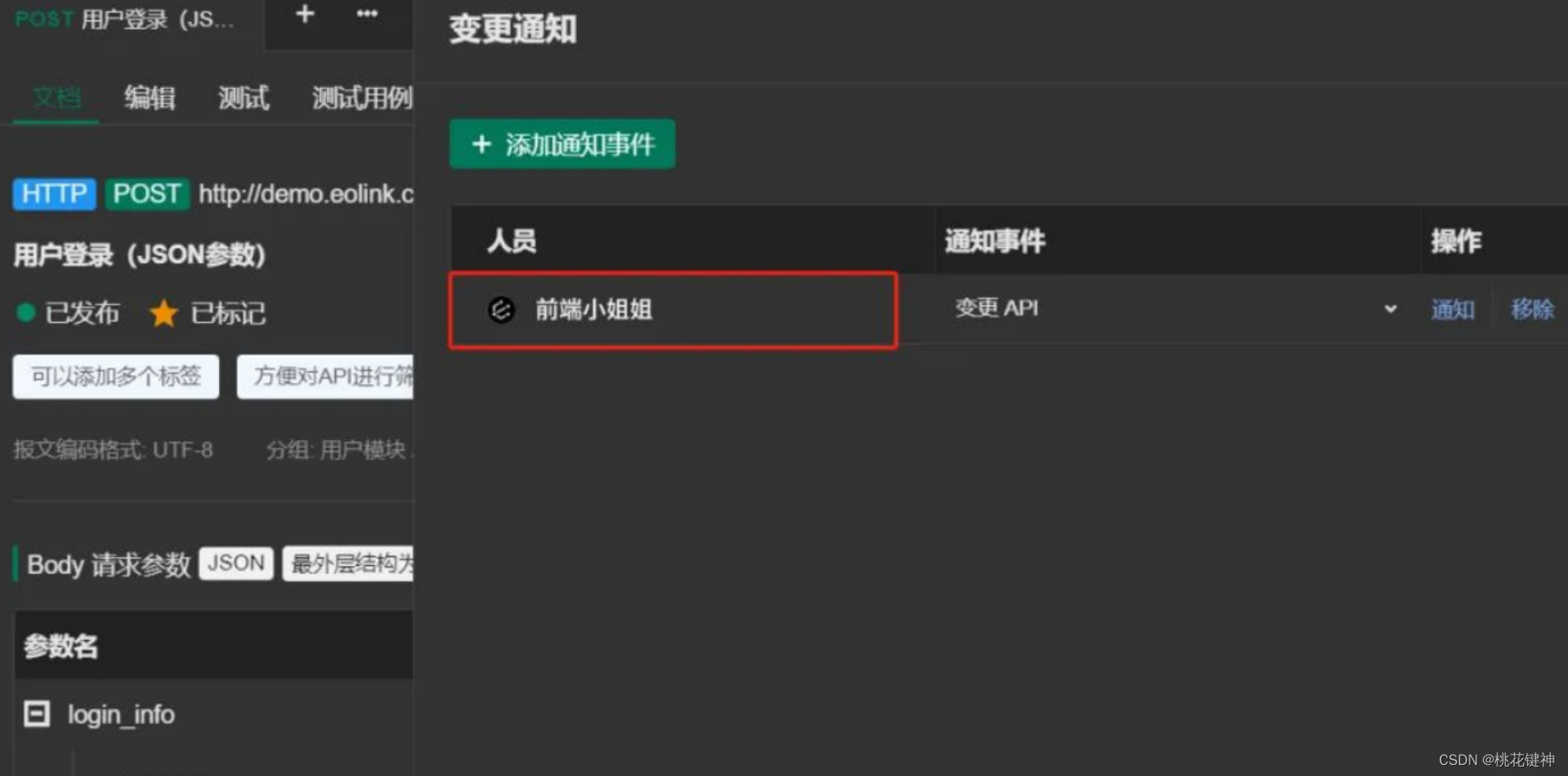
When API changes, relevant members will be automatically notified by email and in-site letter, and QQ and Feishu have been connected
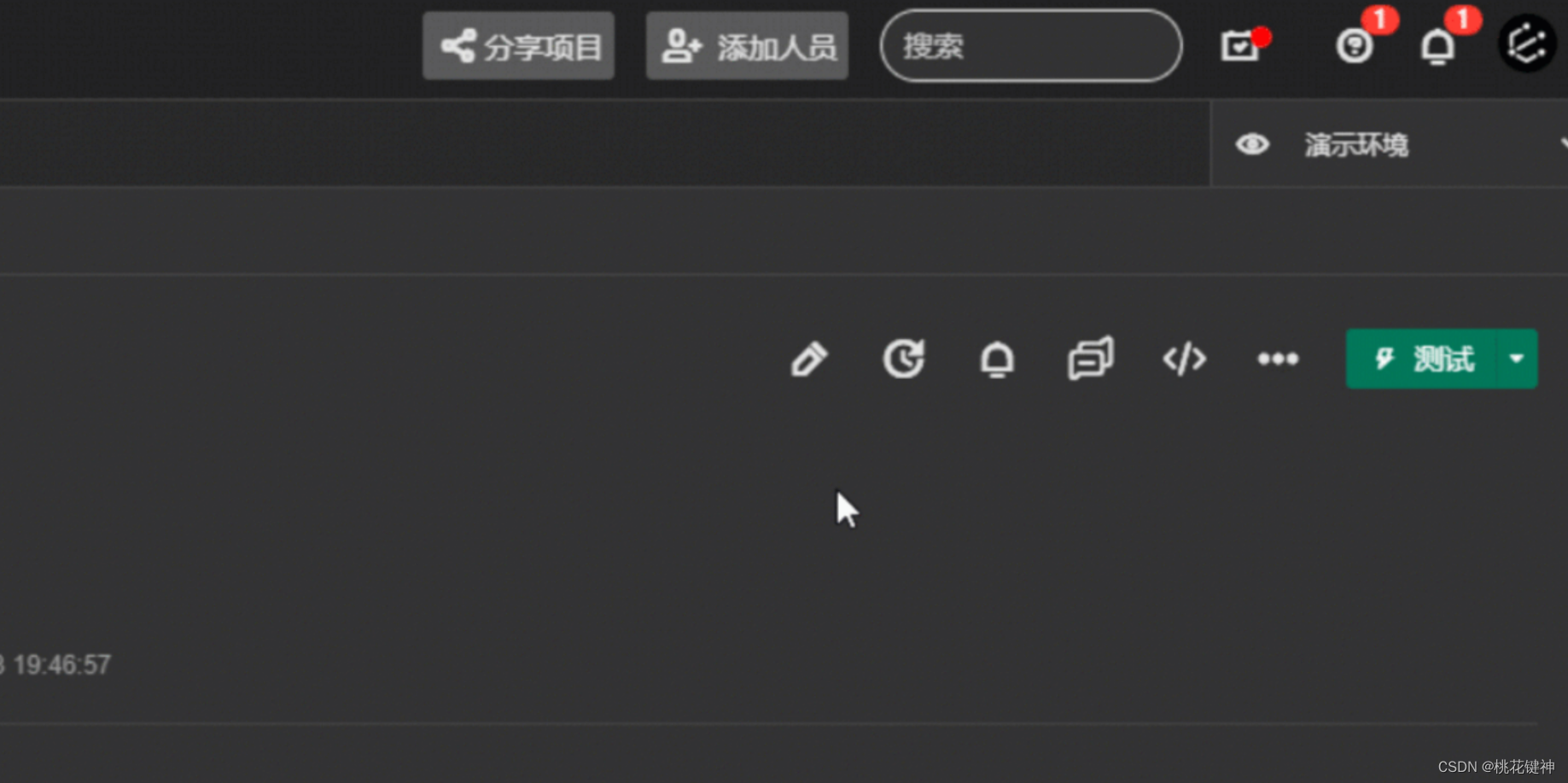
Post comments directly on the API documentation, and the communication content will be archived with different versions of the API documentation
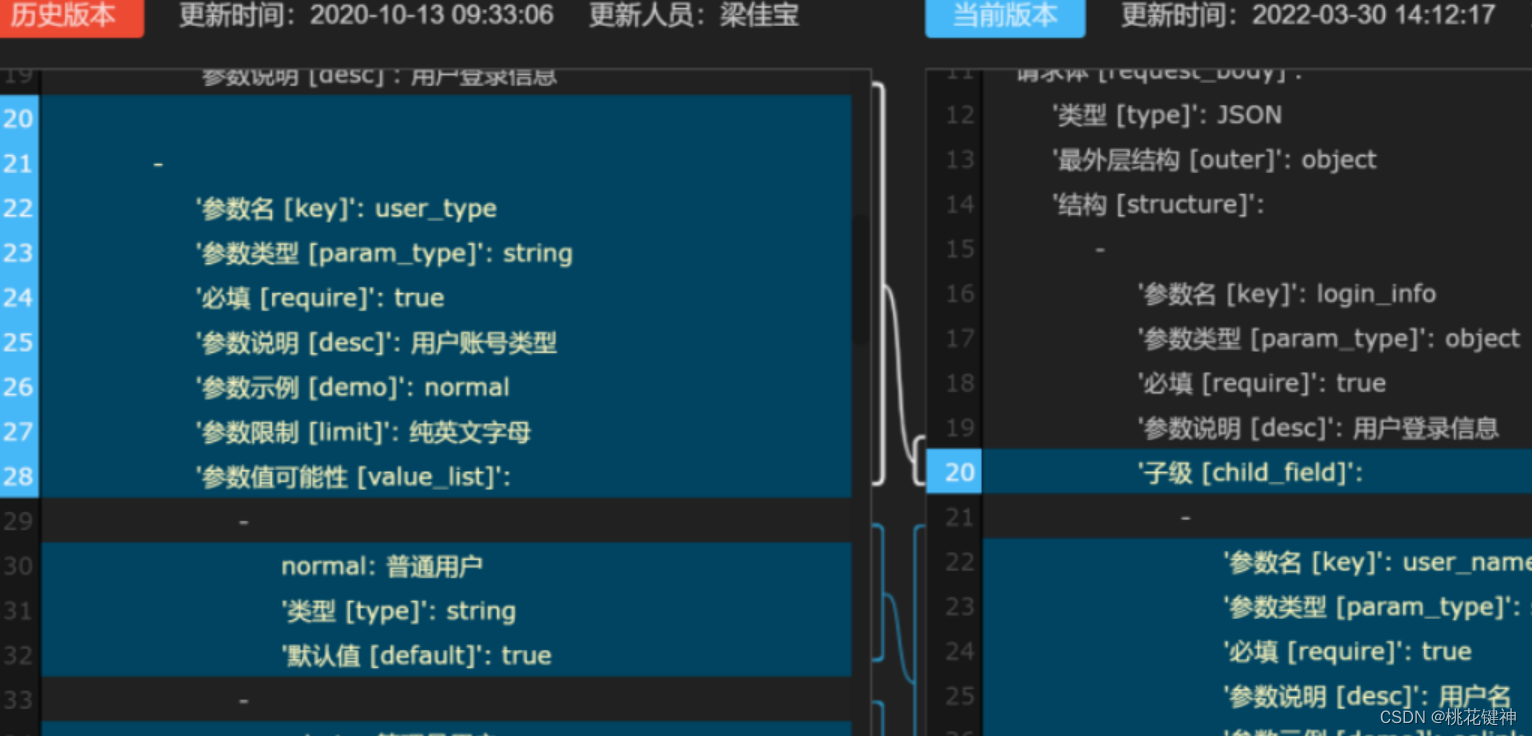
Roll back to view the historical version of the API document, and intelligently find the difference between different versions of the document
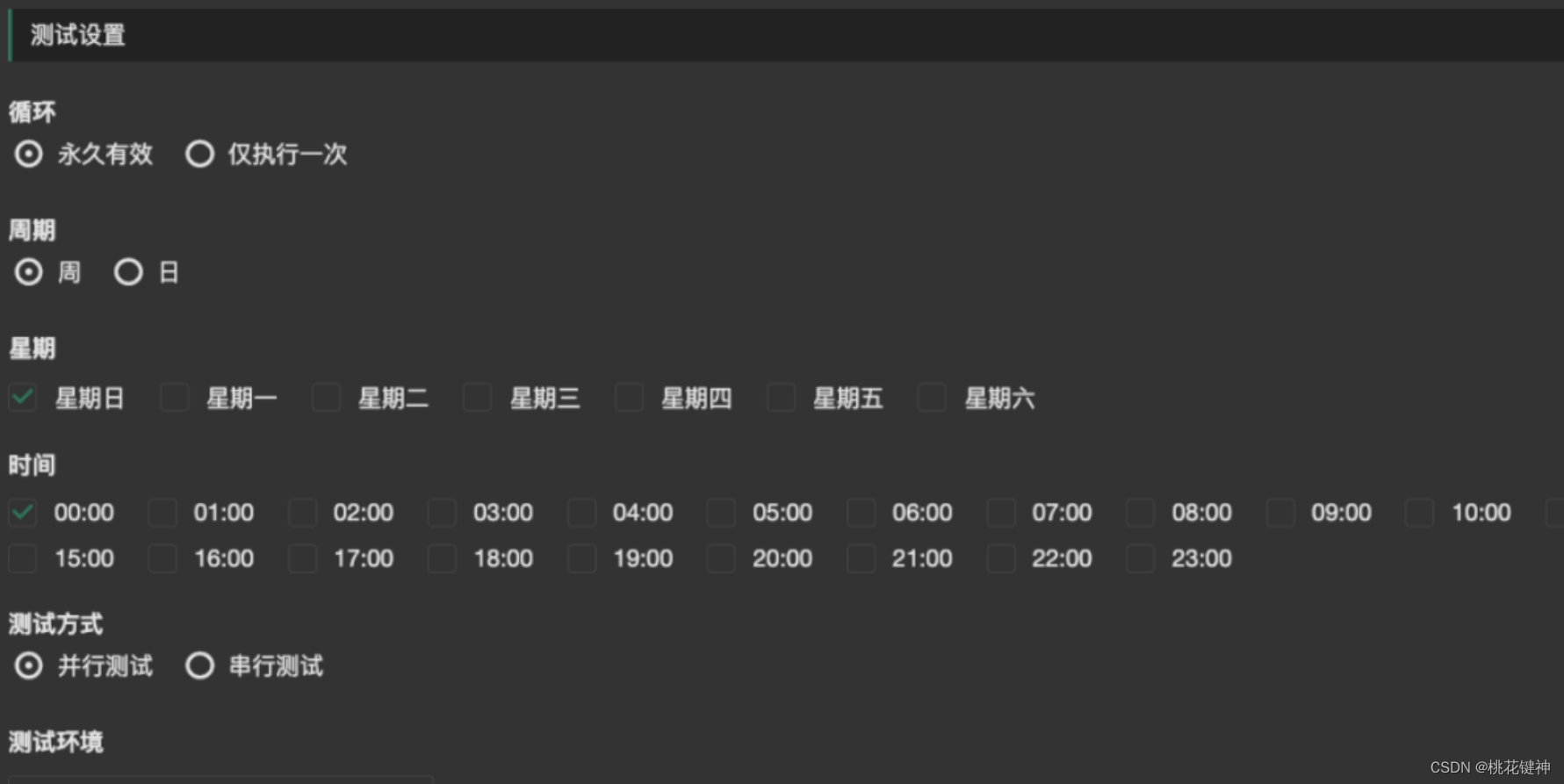
Eolink supports timed test tasks, or integrates the API automated test platform into Jenkins to trigger the test when code is submitted, realize automatic testing of projects under unattended conditions, and liberate labor
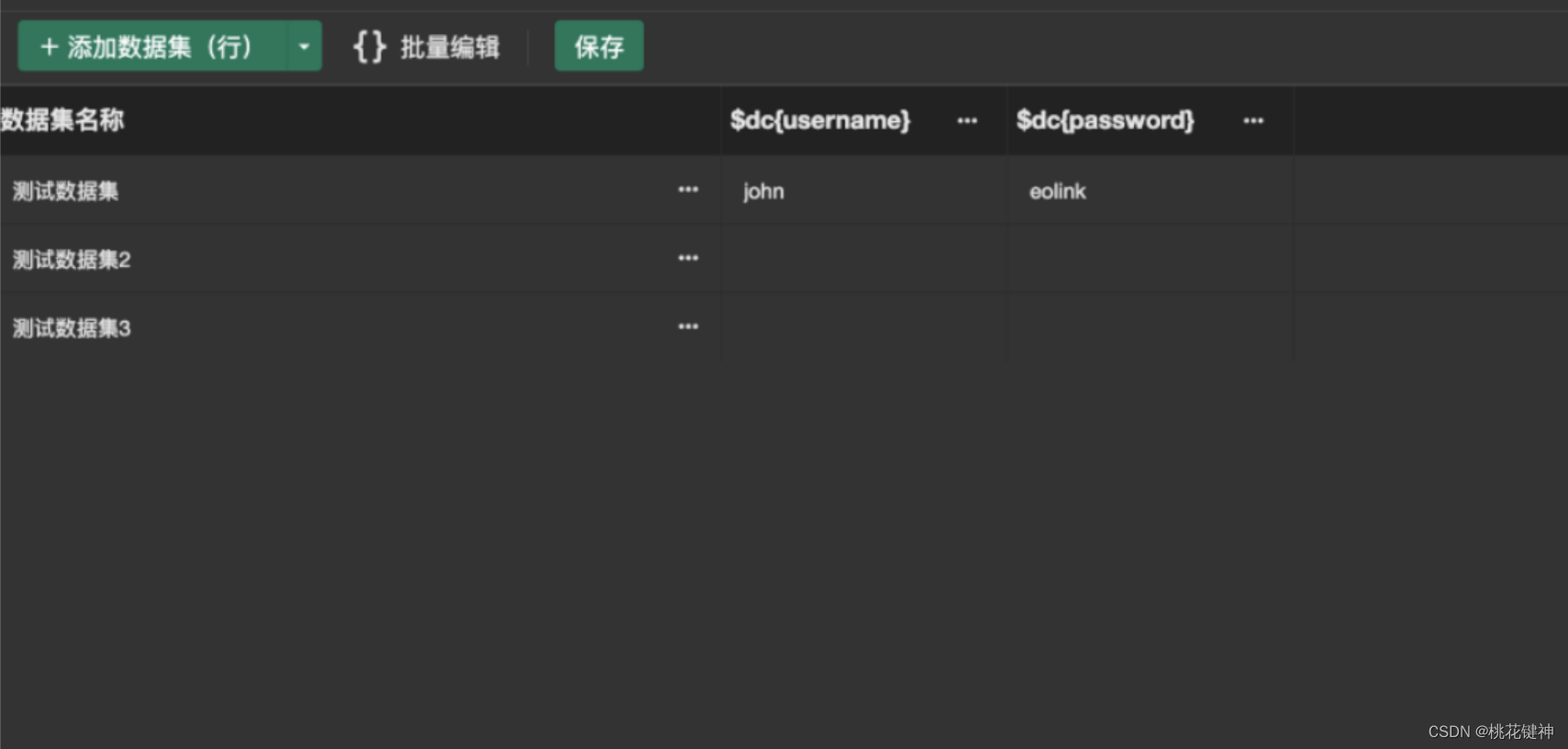
Through data-driven simulation of various scenarios, we can see the execution of scenario use cases, avoid empty running of the test process, and make test cases closer to reality
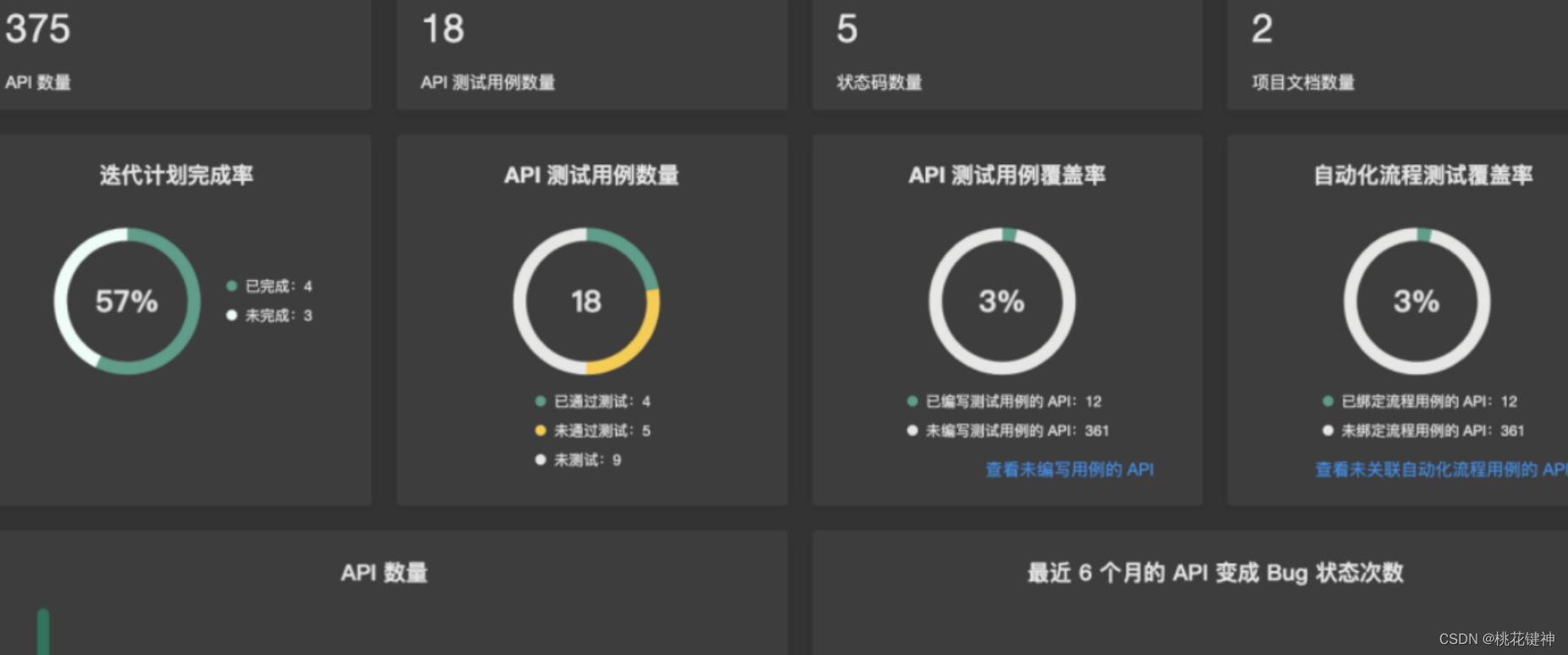
Powerful statistical analysis functions of project data and eye-catching visual presentation, the team development work is clear at a glance
Using these little highlights can make teamwork more harmonious and project management more convenient. In terms of testing, the project can be automatically tested under unattended conditions, liberating labor. In terms of documentation, relevant members can be notified immediately when the API changes, and comments can be made under the API documentation to make communication more convenient. If there is a problem with the document, you can also roll back the historical version to compare and find the problem.
Experience address: https://www.eolink.com/?utm_source=w3806
5. Write at the end
So far, the core functions commonly used by Eolink have been introduced, but the power of Eolink is not limited to this. It has performed very well in many aspects of team management, collaborative management, and project management. At present, SaaS products are completely free, and you can use the web version. , you can also download the desktop side, Windows, Mac, Linux platforms are supported! If you haven't used it yet, it is recommended to give it a try. I believe that after using it, you will definitely fall in love with it!
Experience address: https://www.eolink.com/?utm_source=w3806